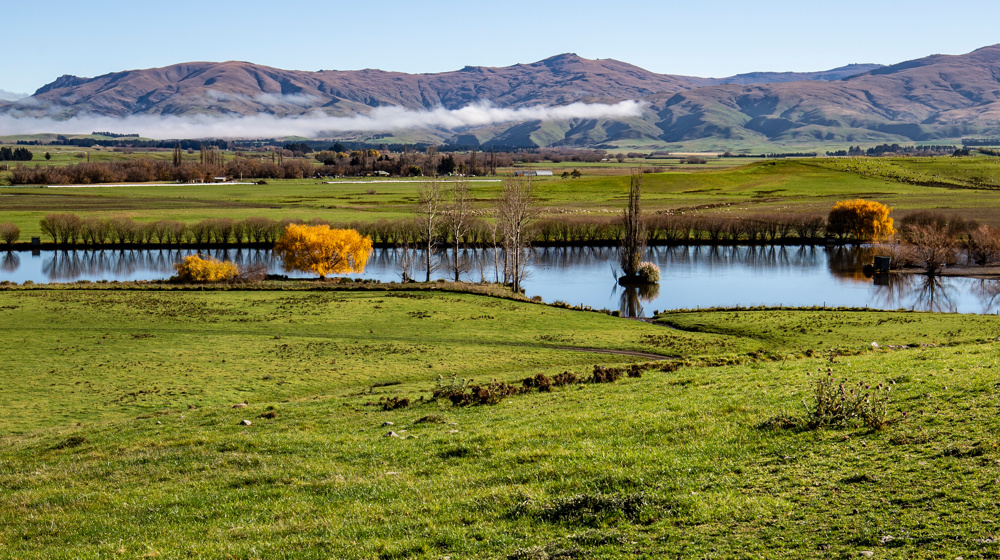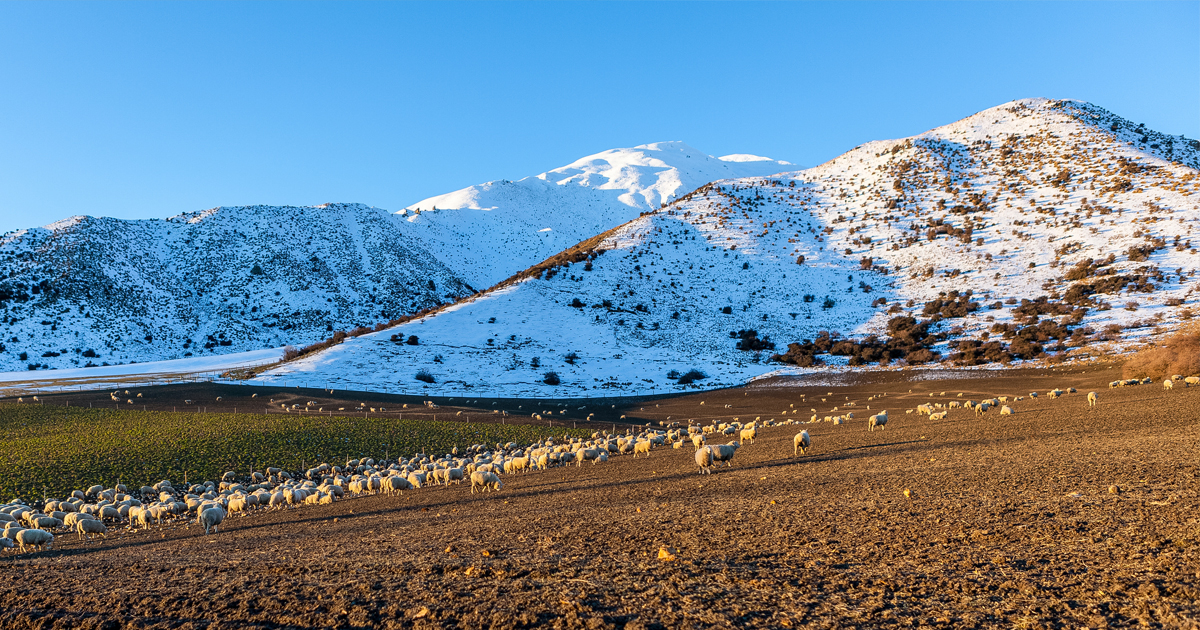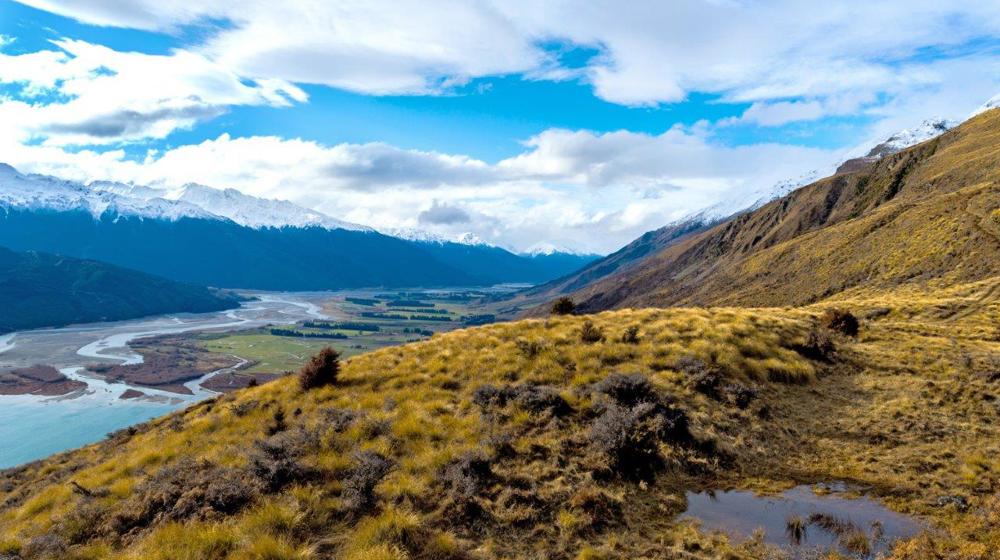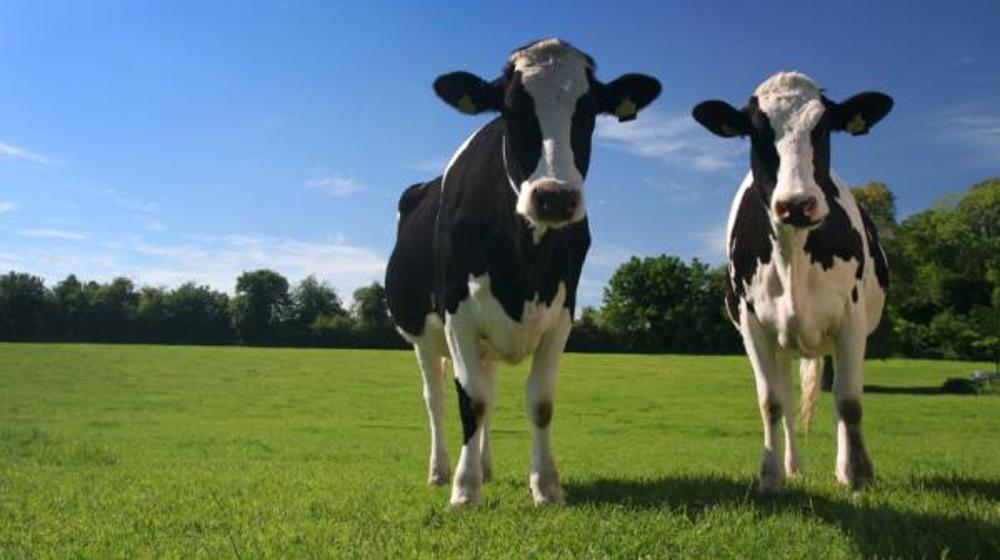Freshwater farm plans are a practical way for farmers and growers to identify, manage and reduce the impact of farming on the freshwater environment.
They were introduced in 2020 as part of the Government’s Freshwater Package and will be required in parts of the Waikato and Southland regions from 1 August 2023 with rollout in parts of Otago to begin 1 February 2024.
With New Zealand’s food production dependent on freshwater, Freshwater Farm Plans will build on the work of many farmers who are identifying and reducing risks of farming activities on freshwater and ecosystems.

Freshwater Farm Plans will support on-farm actions to protect eco-systems.
They must include:
- maps identifying waterways and wetlands
- any contaminant discharges
- any risks to freshwater wetlands and ecosystems from activities such as irrigation, nutrient application, effluent, winter grazing, stock-holding areas, stock exclusion, offal pits or farm landfills
- actions to mitigate these risks
They will be tailored to the individual farming or growing enterprise and the farm’s unique surrounding environment and will be certified and audited.
We know looking after the environment is important to farmers, and farm plans will support this in a targeted and site-specific way.

Getting started
There are some simple steps to ensure you’re on the right track to completing your freshwater farm plan.

Freshwater farm plan FAQs
Find answers to frequently asked questions (FAQs) regarding freshwater farm plans.

Freshwater Farm Plans Newsletter
Sign up to the Freshwater Farm Plans newsletter for updates, latest information and read previous newsletters.
Many Otago farmers, industry professionals, growers, and catchment groups are already leading the way in global farming practices, including local actions to support and enhance the health of our waterways, land and wetlands, and we commend these efforts.
All farms with the following land uses will require a freshwater farm plan:
- 20 hectares or more in arable or pastoral use
- Five hectares or more in horticultural use
- 20 hectares or more of combined use
We urge you to start thinking about developing your own freshwater farm plan.
The plans will be property-specific and give farmers the flexibility to find the right solutions for their farm and catchment area.
Once certified and audited, Freshwater Farm Plans will need to be recertified within 5 years after their last certification. Over time, these plans are expected to become an important tool for farmers and growers to manage all their on-farm freshwater regulatory requirements.

ORC and its staff are here to fully support this implementation. In the months ahead, staff will be available to help on the phone or in person, and we propose to run meetings, workshops and one-on-ones with farmers to answer any questions.
ORC will work closely with sector groups, iwi, farmers and industry on the implementation of these regulations.
Freshwater farm plans will be flexible because one size will not fit all. It’s about applying the best available information and risk mitigation at the farm level, in the context of the surrounding catchment’s needs.
ORC will provide the relevant catchment information; context, challenges and values which farm operators will need to develop Freshwater Farm Plans across the region.
To do this we will need the help and support of you in our communities.
If you would like to organise a workshop with us for your group, please email us at: farmplans@orc.govt.nz
Got any questions around these plans or would like to discuss the topic further? Call 0800 474 082.
The roll out of Freshwater Farm Plans is being phased in a few regions at a time, starting on August 1st in Southland and Waikato.
Otago, the West Coast and parts of Manawatū-Whanganui are listed in the second phase of the national roll-out which will begin in February 2024, with the requirement for plan development to be phased in region-wide 18 months later.
For Otago, the roll-out will follow the boundaries of the ORC's existing five freshwater Management Units (FMU)/rohe (areas), beginning with North Otago.
|
Order |
Start date |
Anticipated number of farms |
Approximate hectares covered by freshwater farm plans* |
|
North Otago FMU** |
1 Feb 2024 |
756 |
256,264 |
|
Lower Clutha Rohe*** |
1 Aug 2024 |
821 |
337,328 |
|
Upper Lakes Rohe, Dunstan Rohe, Manuherekia Rohe, Roxburgh Rohe |
1 Feb 2025 |
913 |
1,033,254 |
|
Taiari/Taieri FMU |
1 Aug 2025 |
520 |
484,782 |
|
Catlins FMU |
1 Aug 2025 |
185 |
83,944 |
|
Dunedin and Coast FMU |
1 Dec 2025 |
342 |
86,339 |
*Note that some of these measurements cover farms which are across FMU boundaries and incorporate parts of farms
**Otago is divided into five Freshwater Management Units (FMU). An FMU is an area around a water body or multiple water bodies of a manageable size where freshwater objectives and limits will be set.
***Rohe means 'area' in te reo and is used to define distinct areas within a larger FMU.
North Otago FMU:
From the Waitaki River in the north, down through Oamaru and Palmerston townships, to the bottom of the southern branch of the Waikouaiti River; and including parts of the lower Waitaki Plains; and Trotters Creek and the Kakanui, Shag, Waikouaiti, Waianakarua, and Pleasant Rivers.
Lower Clutha Rohe:
The part of the Clutha/Mata-au FMU known as Lower Clutha Rohe includes the Pomahaka catchment; and several other river catchments that feed the Clutha/Mata-au River, including the Waitahuna, Waiwera, Tuapeka, and Waipahi catchments.
Upper Lakes Rohe:
The area covering the lakes of Whakatipu, Wānaka, and Hāwea, from their tributaries to their outlets.
Dunstan Rohe:
The area running from the outlets of Lakes Wānaka, Whakatipu, and Hāwea south to the Clyde Dam and including the Kawarau, Nevis, Shotover, Upper Clutha/Mata-au, Hāwea, Cardrona, Arrow, and Lindis Rivers and many smaller tributaries of the Clutha/Mata-au River such as the Lowburn, Amisfield Burn, Bannock Burn, and Luggate Creek.
Manuherekia Rohe:
The area located between the Dunstan Range to the west, the St Bathans Range to the north, the Hawkdun Range and Rough Ridge to the east, and the Knobby Range to the south.
Roxburgh Rohe:
The area extending from the Clyde Dam to Beaumont; and covering Alexandra, Clyde, and Roxburgh; and including tributaries of the Clutha/Mata-au River, such as the Fraser River (also known as the Earnscleugh), Benger Burn, and Teviot and Beaumont Rivers.
Taiari/Taieri FMU:
The area covering the entire Taieri River catchment, reaching from Taieri Mouth across the Taieri Plain into the Strath Taieri and Maniototo Basins.
Catlins FMU:
The area located along the southern coast of Otago Region including the Catlins, Ōwaka, Maclennan, and Tahakopa Rivers.
Dunedin & Coast FMU:
The area running from just south of Karitane down to the mouth of the Clutha/Mata-au River and including the Waitati River, Leith Stream, and Kaikorai Stream catchments within Dunedin city; and the Tokomairaro (Tokomairiro) River in the south.
Each of the above areas in Otago will have 18 months to submit their freshwater farm plan following their phase-in date.
Ministry for the Environment (MfE) expects about 34,500 freshwater farm plans to be in place across the country eventually.
- Provides a record of past, present and future environmental actions
- Can support the development of an integrated farm plan
- Links your farm to community or catchment group priorities
- Informs future regional plans
- May provide assurance to suppliers and customers
- May eliminate the need for some resource consents
- Can list your existing resource consents and conditions

Getting started
There are some simple steps to ensure you’re on the right track to completing your freshwater farm plan.

Freshwater farm plan FAQs
Find answers to frequently asked questions (FAQs) regarding freshwater farm plans.

Freshwater Farm Plans Newsletter
Sign up to the Freshwater Farm Plans newsletter for updates, latest information and read previous newsletters.

Certification and auditing
National training will be provided by Government-owned assurance scheme provider AssureQuality to new freshwater farm plan certifiers and auditors.

FWFP CCCV Introduction
Information to help you develop a Freshwater Farm Plan (FWFP).
